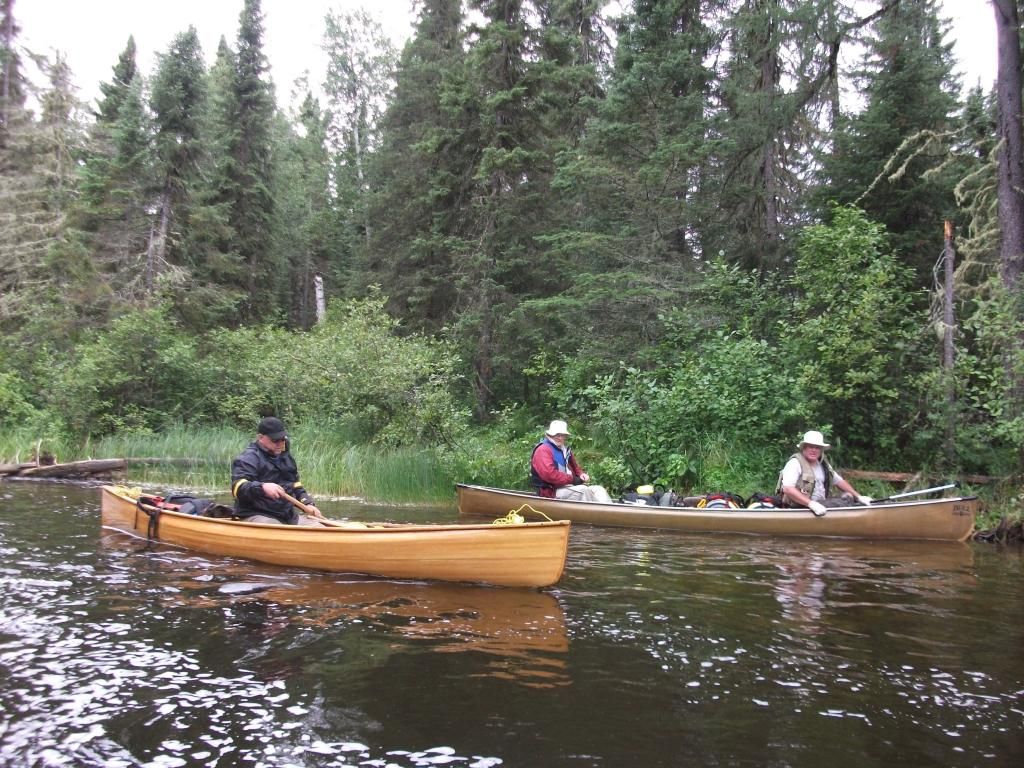I wouldn't lengthen it, I would scale it!
As it is, the Kite has a design load of 283 lbs, another 10% and you're there. If all you do is make it longer while keeping the same sections, surely that would change the character of the boat. But scale up all of the dimensions, and you'll likely have a boat that performs much like the original design, just a little more of it.
One of my virtual boat buddies (actually, we've paddled together once) is nearly 7 ft tall, but very thin. He built his Kite as a sit on the bottom pack boat, and uses a double ended paddle. His CG is so much higher than most folks, that he decided to keep his weight down as low as possible. It definitely works for him, and he goes quite fast with that kayak paddle!
I will say this for the Kite...it's a great all around solo. Very comfortable, maneuverable, seaworthy, and fast enough. It does everything pretty well, and that creased knuckle has looks to die for.
You're welcome to swing by my house on one of your trips north, you can try out one of my Kites and see if it might suit you as designed...you never know!


